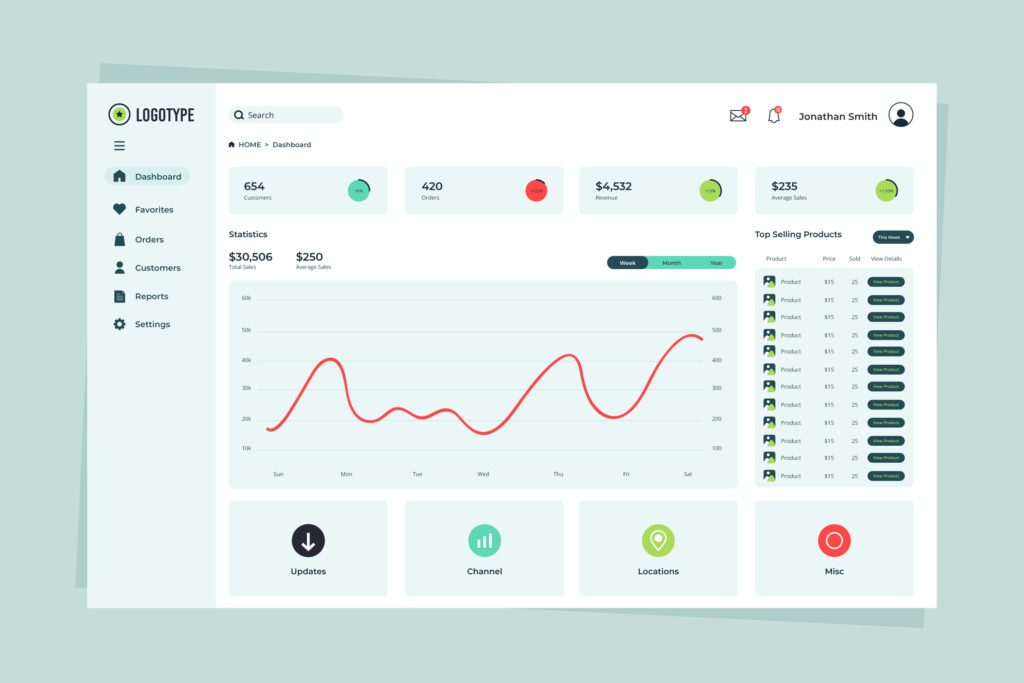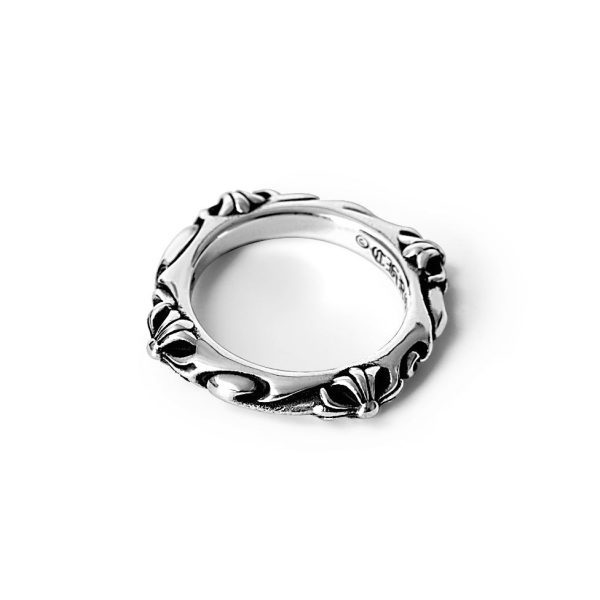Designing a product app can be a daunting task, especially if you’re starting from scratch. Before diving into the detailed design process, it’s essential to have a clear structure and flow in mind. This is where wireframing comes in. Wireframing is a crucial step in app development that allows designers to visualize the app’s layout and user experience without getting bogged down by colors, images, or detailed content. In this beginner’s guide, we’ll explore everything you need to know about wireframing your product app.
What is Wireframing?
A wireframe is a simple, low-fidelity blueprint of an app or website that outlines the structure, layout, and flow of the user interface (UI). Think of it as a sketch that shows how different screens connect and how users will navigate through the app. Wireframes are typically created in black and white, focusing on functionality rather than aesthetics.
Wireframing helps designers and developers:
- Visualize the app’s structure and flow.
- Identify potential user experience (UX) issues early.
- Communicate ideas clearly with stakeholders.
- Save time and resources by identifying problems before the detailed design phase.
Why is Wireframing Important?
Wireframing is a critical step in the app design process for several reasons:
1. Clarifies the App’s Purpose and Functionality
Wireframes help you clarify what your app will do and how it will work. By mapping out each screen and its functions, you can ensure that your app meets user needs and achieves your business goals.
2. Improves User Experience (UX)
Wireframes allow you to focus on the user journey and ensure that your app is intuitive and easy to navigate. You can identify potential pain points and fix them before investing time in detailed designs.
3. Facilitates Collaboration
Wireframes are a great communication tool for collaborating with stakeholders, developers, and designers. They help everyone involved in the project understand the app’s structure and flow.
4. Saves Time and Resources
By identifying issues early in the design process, wireframing helps you avoid costly changes later on. It’s much easier to tweak a wireframe than a fully developed app.
Types of Wireframes
There are three main types of wireframes:
1. Low-Fidelity Wireframes
Low-fidelity wireframes are basic sketches that focus on the app’s layout and functionality. They don’t include detailed visuals or interactive elements.
2. Mid-Fidelity Wireframes
Mid-fidelity wireframes add more detail, such as labels, icons, and placeholder text. They provide a better idea of how the app will look without focusing on final design elements.
3. High-Fidelity Wireframes
High-fidelity wireframes are more polished and closely resemble the final product. They may include colors, images, and interactive elements, but they are still focused on structure and functionality.
Steps to Create a Wireframe for Your Product App
Here’s a step-by-step guide to creating a wireframe for your product app:
Define Your Goals and User Personas
Before you start wireframing, it’s essential to understand the purpose of your app and who your users are. Ask yourself:
- What problem does the app solve?
- Who are the target users?
- What are their pain points and needs?
Creating user personas can help you keep the user experience in mind throughout the wireframing process.
Sketch Your Ideas
Start by sketching your ideas on paper. Focus on:
- The main screens of your app.
- The primary navigation flow.
- Key functionalities and features.
Don’t worry about details or aesthetics at this stage. The goal is to get your ideas down quickly.
Choose a Wireframing Tool
There are many wireframing tools available, both not paid and paid. Some popular options include:
- Figma: A cloud-based design tool with excellent collaboration features.
- Adobe XD: Great for creating mid- to high-fidelity wireframes.
- Balsamiq: Ideal for low-fidelity wireframes.
- Sketch: A popular tool for Mac users.
Choose a tool that suits your workflow and team collaboration needs.
Create a Low-Fidelity Wireframe
Start with a low-fidelity wireframe to outline the app’s basic structure. Focus on:
- Page layout
- Navigation flow
- Key elements (buttons, forms, images, etc.)
Keep it simple and avoid getting caught up in details.
Add Details to Your Wireframe
Once you’re satisfied with the basic structure, create a mid-fidelity wireframe by adding more details, such as:
- Labels and text
- Icons
- Placeholder images
At this stage, you can start thinking about user interactions and transitions between screens.
Test and Iterate
Share your wireframe with your team and stakeholders for feedback. Identify any issues or improvements that need to be made. Iterate on your wireframe until you’re confident in the app’s structure and flow.
Move to High-Fidelity Wireframe or Prototype
If needed, create a high-fidelity wireframe or interactive prototype. This will give you a better idea of the final product and allow you to test user interactions.
Best Practices for Wireframing
Here are some best practices to keep in mind when wireframing your product app:
- Keep It Simple: Focus on functionality and structure rather than design details.
- Prioritize User Experience: Always keep the user’s journey in mind.
- Use Real Content When Possible: Placeholder text is fine, but using real content can help identify potential issues.
Conclusion
Wireframing is a crucial step in designing your product app. It helps you visualize the structure, identify potential UX issues, and communicate ideas with your team and stakeholders. By following the steps and best practices outlined in this guide, you’ll be well on your way to creating a successful product app that meets user needs and achieves your business goals.
Remember, wireframing is an iterative process. Don’t be afraid to make changes and improve your design as you go. The more time you spend refining your wireframe, the smoother the development process will be.
Devoq Design is a premier UI/UX design agency serving businesses in UI/UX Design Agency in Jamnagar and UI/UX Design Agency in Gandhinagar , offering innovative digital solutions that enhance user experiences. With a focus on creating intuitive and visually appealing designs, the agency helps brands establish a strong digital presence and improve user engagement. Whether it’s building sleek mobile apps, designing user-friendly websites, or improving product interfaces, Devoq Design prioritizes both creativity and functionality to meet the unique needs of businesses across industries. Their expert team ensures every project delivers a seamless and impactful experience for users, helping businesses thrive in the competitive digital landscape.











